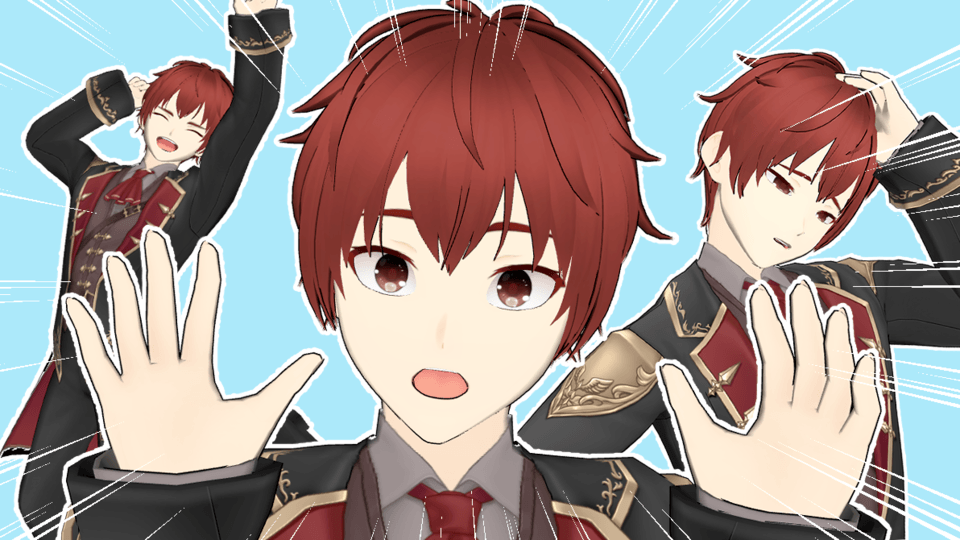How to Paint Skin Tutorial
Introduction
Hi guys!
In this tutorial I will explain how to paint any skin and apply different color palettes in your artworks.
I settled on drawing the skin of the face, as this is the most visual example of how to apply color, lights and shadows, but this tutorial is suitable for painting any part of the body.I'm drawing stylized, but don't worry, these tips are fine for drawing in realism too!
Color Theory
The first thing to do is figure out how to use color correctly in working with skin, as well as understand the basic principles of working with light and shadow.
In the image you can see the color palette (color spectrum), which is in any editor for drawing. With a straight line, I have separated cold and warm colors. As a rule of thumb, when working with warm light, shadows should be cold and vice versa.
If you look at and analyze the works of many famous artists of the 19th or 20th centuries, you will notice that they work with colors according to this principle.This rule does not always apply, but in my work I try to stick to it.
(! One more tip: If you want to understand how color and light work in nature in order to improve your drawing skills, analyze the work of old famous artists, you will emphasize a lot for yourself.)
This slide clearly shows how this rule is applied in life and ,accordingly, in animation. Warm tones of light (yellow) turn into cool tones .Also, do not forget that the environment also affects the surrounding objects, so that the skin reflects the blue sky.
Lighting and Shading
Young artists make a mistake when choosing a color for the skin, making it too saturated or desaturated. Usually, variegated colors are not used in work or are rarely used.
To choose the right colors for the main skin color and shadows, you need to keep the middle or left edge of the "color square" and use the "arc rule" as shown on the slide.
Another big mistake in drawing skin is choosing a color only in the "color square" without moving along the light spectrum.
For example, I drew 2 spheres.In the one on the left, I chose colors according to the “rule of the arc”, being only in the color square, while in the one on the right, I used the “rule of the arc”, and also moved in the color spectrum.
You can immediately notice the differences in the palette. On the right, the ball appears richer, brighter and more realistic, while on the left it appears dull and "plastic".
Shining on the skin
Do not forget that our skin tends to shine through, especially in the sun.
On the human body, this effect is manifested in the inner part of the ears, in the nostrils, and fingers. So for more realistic skin, you should paint these areas with red tones.
Painting the skin (step by step)
Firstly I fill the object with color using the lasso tool.
Next I do color blocking with my hard brush.
Using a textured or soft brush, I add shadows and a little blush.
A blending tool or a soft brush is suitable for mixing colors together.
Important! Don't overdo it using the blending. Under realistic lighting, not all shadows are soft, some have sharp shapes, such as a shadow on the neck.
Continue to add shadows and highlights. Lasso is a very useful tool for me, as it helps to highlight the desired area and not touch another.
I also assumed there might be an additional blue light source on the left. So I added a reflection on the side the light is shining from using a soft and hard brush. For the best light effect you can use different blend modes, for example color dodging or screen.
By the same principle I continue to paint the skin of other shades.
When all the versions are ready, I added the final details - highlights. I add them on the forehead, prominent cheekbones, chin, tip of the nose and in the corners of the eyes.
Final result
Done! Here are some more versions step by step with different skin tones.
Hope This tutorial will helpful for you) Bye ~
























Comment